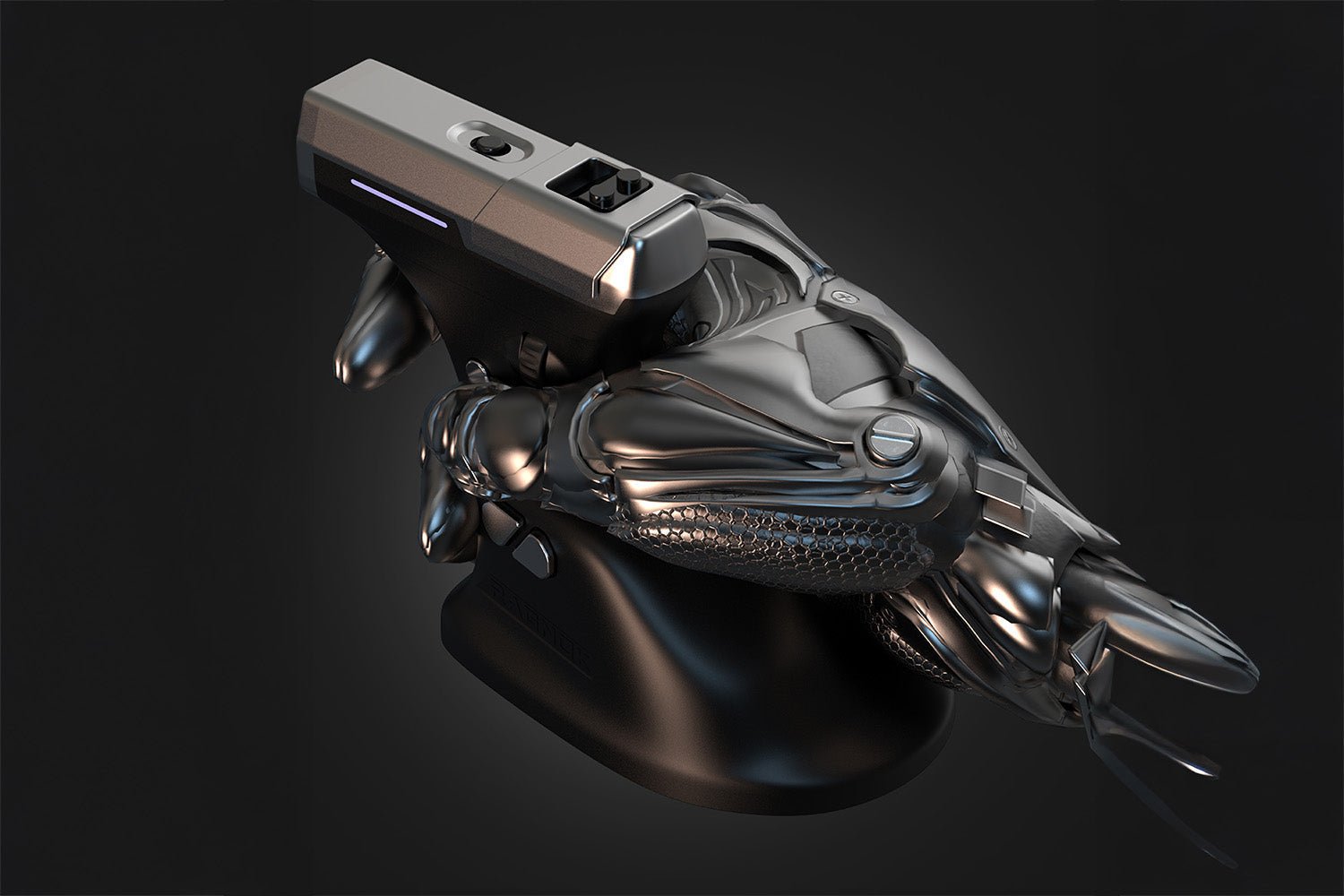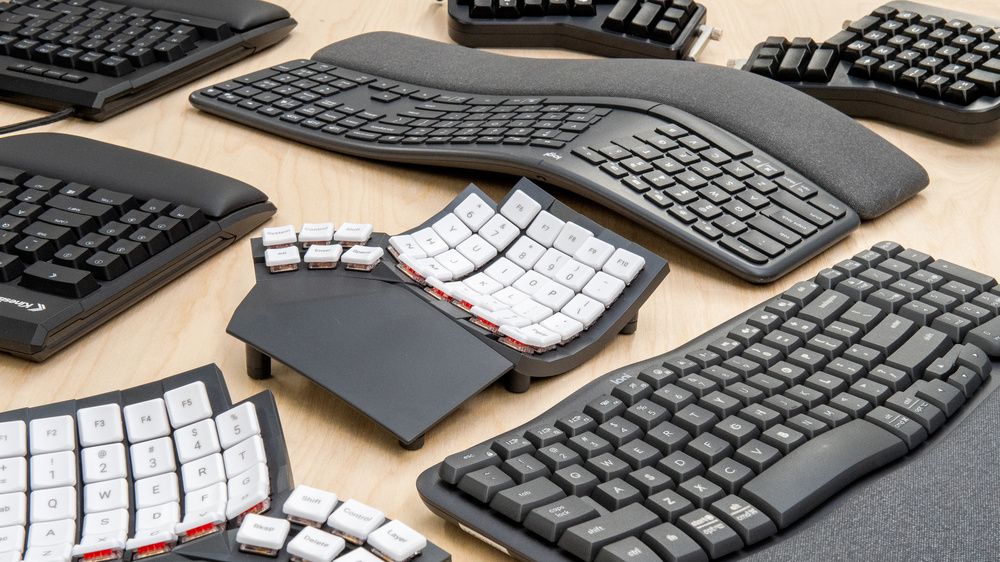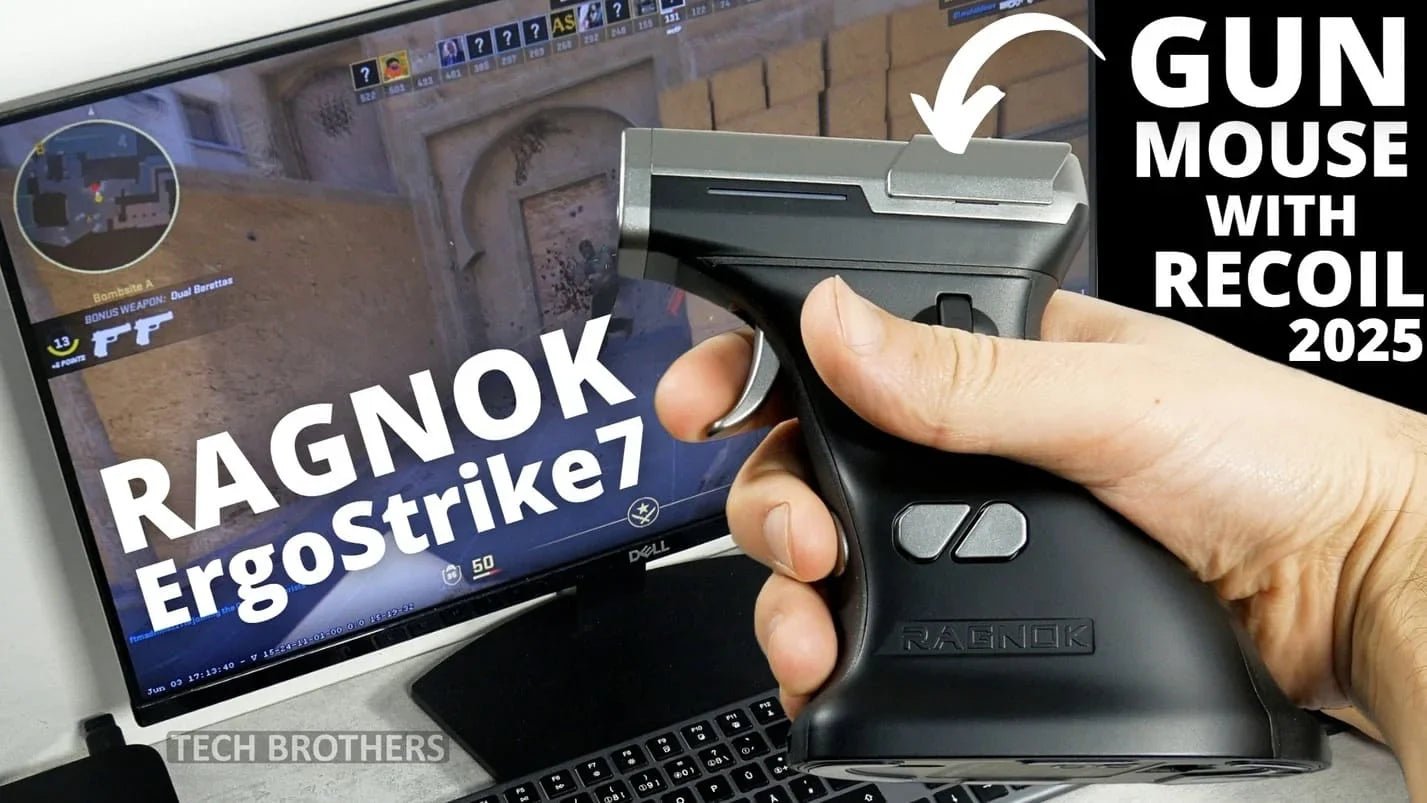Shooter games have always pushed the boundaries of gaming hardware. From the earliest light guns to today’s specialized mice and VR controllers, peripherals have evolved to make aiming and shooting more immersive, accurate, and realistic.
🔫 The Early Days: Light Guns
The history of shooter peripherals dates back to the 1960s and 1970s, with arcade titles like Duck Hunt and Shooting Gallery introducing light guns. These devices used photodiodes to detect light from CRT screens, allowing players to point and “shoot” directly at targets.
By the 1980s, consoles like the Nintendo Entertainment System (NES) popularized the concept with the NES Zapper, bringing the arcade shooting experience into the living room. This was the first taste of a physical trigger simulating firearm interaction at home.

🎮 Console Controller and Triggers
As gaming advanced, shooters became a major genre on consoles. Controller triggers emerged as a natural evolution—offering analog input that mimicked the pressure and feel of a real trigger.
Systems like the PlayStation DualShock 2 (2000) refined this further, giving players more precise control in games like Call of Duty and Medal of Honor. Triggers became the gold standard for shooter gameplay, later enhanced by adaptive triggers in the PlayStation 5 DualSense, which introduced resistance and feedback to simulate weapon mechanics.
Virtual Reality and Immersive Firearms
The rise of Virtual Reality (VR) brought a new generation of shooter peripherals. Controllers such as the HTC Vive controllers, Oculus Touch, and Sony’s PlayStation VR Aim Controller replicated the shape of firearms and allowed for full 1:1 motion tracking.
Players could now aim, reload, and fire using natural body movement, dramatically increasing immersion. VR shooters like Arizona Sunshine and Half-Life: Alyx highlighted how critical hardware had become in elevating gameplay realism.
The Rise of Shooter-Focused Mice
On PC, shooters demanded precision far beyond what controllers could provide. This gave rise to the gaming mouse industry in the 1990s and 2000s. With higher DPI sensors, programmable buttons, and lightweight designs, mice became the weapon of choice for competitive shooters like Counter-Strike and Call of Duty.
Some brands experimented with shooter-specific mice:
-
Extra side triggers designed for rapid fire.
-
Adjustable weights for recoil control.
-
Advanced sensors for ultra-precise headshots.
Yet most designs remained conventional in shape—optimized for performance, but not immersion.
The Next Chapter: Gun-Style Gaming Mice
Today, shooter peripherals are once again evolving. Gamers no longer want only performance, but also realism. That’s where gun-shaped mice come in—combining ergonomic vertical grips with firearm-inspired triggers and even simulated recoil.
These devices bridge the gap between VR immersion and PC precision, giving players a fresh way to experience FPS games.
Introducing RAGNOK’s Innovation
At RAGNOK, we’ve taken this evolution further with our ErgoStrike series of gun-style gaming mice. By integrating true-to-life triggers, ergonomic grips, and recoil feedback, our devices transform the way you play shooters—delivering both immersion and precision.
👉 Explore our latest innovations: RAGNOK FPS Gaming Peripherals
📌 Conclusion
From arcade light guns to VR rifles and adaptive triggers, shooter peripherals have always shaped the way we interact with games. The journey reflects a constant pursuit of realism, immersion, and performance.
Now, with specialized mice like RAGNOK’s ErgoStrike, players can finally feel the kickback, grip, and control of a true firearm—without leaving their desk.










Leave a comment
All comments are moderated before being published.
This site is protected by hCaptcha and the hCaptcha Privacy Policy and Terms of Service apply.